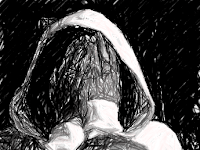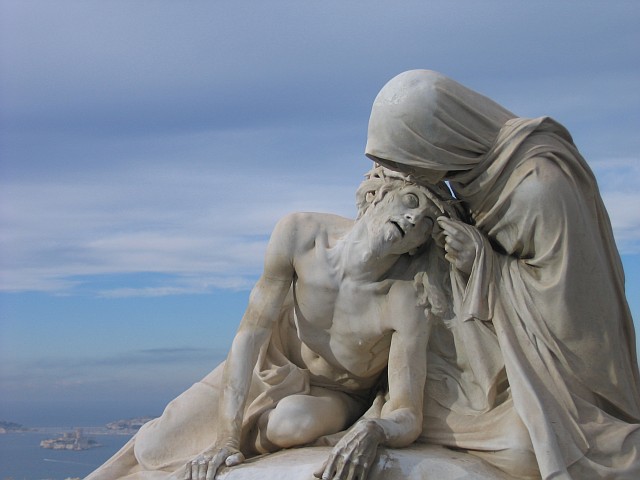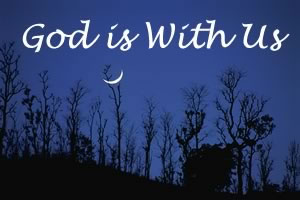Elaine Heath's book
The Mystic Way of Evangelism:A Contemplative Vision for Christian Outreach (2008, Baker Academic, Grand Rapids) is profound. I am a Tui Billboard indoctrinated Kiwi (sorry to overseas readers for this bit of kiwiana) so when I read Brian McLaren's endorsement to this book, that his hunch is that it just might be (for some readers) the most important book they read this year, I had to reply "Yeah Right" ( My son tells me that this Kiwi expression is the only example in the English language of two positives making a negative)... But after reading the book I had to say I changed my opinion "Yeah... right" it was a good hunch Brian, this is an important book.
Heath starts by giving a definition of evangelism that counter acts the vision many have when the word is used of programmes, techniques, and used car salesman like rants or even the targeted person of 'freindship evangelism. She says "Evangelism rightly understood is the holistic initiation of people into the reign of God as revealed in Jesus Christ." and then fleshes that out in stating
"evangelism is intrinsically relational, the outcome of love of neighbor, for to love neighbor is to share the love of God holistically. The proper context for evangelism is authentic Christian community, where the expression of loving community is the greatest apologetic for the gospel."
Heath then suggests that the Mystics of the Christian tradition have significant insights, understandings and light to share with the church today. In fact the wisdom they share can be seen to offer an alternative vision for doing church and outreach. She points out that Mystics being private people is false. Their seeking after God and holiness is anything but...
"Christian mysticism is about the holy transformation of the mystic by God, so that the mystic becomes instrumental in the holy transformation of God's people. This transformation always results in missional action in the world. The idea that mysticism is private and removed from the rugged world of ministry is false."
After a helpful explanation of the two main streams of mystic experience Apophatic (emptiness and unknowing) and Kataphatic (a mediated knowing), Heath structures her exploration of the church developing a contemplative vision for outreach through the threefold pathway common to mystical thinking. Purgation, Illumination and Union.
I found Heath's idea that the church in the west, (applicable to New Zealand as much as Heath's USAmerican setting) is passing through a long dark night of the soul very helpful and poignant. There is a spiritual dryness and a flailing about looking for something that will satisfy that dryness going on in the church today. Heath sees this as a process through which the church is able to de-idolise lot of its structures, rituals, buildings and assumptions to again focus and come to God. She says it is the process of by which we realise we have mistaken the finger pointing to the moon for the moon itself. French social theorist Jean Baudrillard talks of religion as a simulacra, a model for which the reality behind no longer exists. There is truth in that assertion that we have built and worship a glorified simulacra that needs to be stripped away... but as we do we do not discover a nothingness rather maybe again we will discover the reality of God. "welcome to the desert of the real" just maybe the place in which we encounter the one... I know very Matrix.
While I was wrestling with Heath's text I was also reading through the first few chapters of Ezekiel which has at the end of each of its harsh pronouncements of doom repeats the phrase "then you will know that I alone am the LORD". Heath puts the decline in the church in the west in the same category as Israel heading into exile, a stripping away of idols, even the temple worship itself, so that the people of God might again find that " I alone am the LORD". Into this collective dark night of the soul Heath says the mystics who have been there before us have illumination that may herald a new dawn.
I have to admit I have not really read or reflected on the Christian mystics and it was refreshing and indeed illuminating to be introduced to many of these Christian forebears. Heath picked two mystics balancing ancient and modern as well as male and female, western and eastern, catholic and protestant to shed light on the church in the night. She looks to Julian of Norwich and Hans Urs Von Belthasar to set the ground works for an alternative narrative of a non-punitive doctrine of atonement, looking at "human brokenness as the universal context for evangelism'. Picking up an understanding of restoration and recreation as an outworking of God's love for humanity.
She then explores the ministry of Methodist Preacher and Theologian Phoebe Palmer and Russian Orthodox hieromonk Father Arseny, to explore the idea of Ministry as Holiness . Both Palmer and Arseny gave themselves to serving and caring for others in the midst of suffering and oppression that bought liberty and transformation.
Heath moves on to explore this idea of holiness in ministry as Kenosis (an emptying of self) through the lives of Henri Nouwen (the mystic I do know and whose writing I have found beneficial and transformative) and Thomas R Kelly. That once we come home to love and know that we are Beloved of God we can give invest ourselves into loving others.
She then moves on to explore the threefold wound of racism, sexism and classism and how the mystics have confronted that and provide a way forwards. She uses the ministry of the abused daughter a freed slave Julia Foote and Mechthild of Magdeburg and the Beguines to explore this. She asserts the need for the church to address this three fold wound saying that amongst other stories the story of the church in America (and yes in the west) has been 'A long story of church-sanctioned in justice as women and ethnic minorities have been forced to live their faith from the margins". And that the church in the night needs to confess and repent of this.
Finally Heath explores the life of Bonaventure and John Woolman to explore the need for the church in the night to rediscover a care for the earth. To heal the split between the sacred and the secular which is a pillar of modernity.
In her third section Union, Heath uses narrative theology to paint a possible future for the church, that comes out of the purging of the night and an embarrassing of the illumination of te mystics. I have to admit her story of a church that lives out Heath's vision is compelling and refreshing and hope filled. It is an important piece of Prophetic imagination, that leave me saying ... Yes Lord.
If anything Heath's book for me opens up a new way of thinking. It is easy for us to get used to hearing one voice, one stream, one thread of Christian thought and to think that it is the overall meta-narrative. It becomes the lens through which we read Scripture, do theology and view the world. For me Heath opens up another lens.
Heath has a lot to say to me and to the Church. Her vision for a new way of living and reaching out is compelling. As I have moved on from reading her book to 'The Emerging Churches" by Eddie Gibbs and Ryan Blogger, I can see that there are many elements of her work that echoes if not resounds in that movement.
On a pragmatic level,I applaud Heaths assertion that Contemplative prayer needs to be at the center of how people are formed and shaped for ministry. Her vision that in the future churches will have teams of bi vocational ministers (those who work and pastor) who reflect the gender and ethnic diversity of the communities they are called to serve is significant. She has taken Brian McLaren's
(Dorothy on Leadership) assertion that the leaders of tomorrow will not be professional but amateurs (done out of love) and imagined it real terms. The model of a professional clergy and maintaining buildings and programmes as a focus for church life and outreach I believe are not sustainable. Embarrassing and inviting people to journey will us rather than to believe then belong I find attractive.
In the end this book leaves me torn. Torn between having so much of who I am invested in what is the church in the night and sadly the security it offers one... One of my leanings in attempting to do a church plant for me personally is how much I have been conditioned to the institutions... and the possibility of something new. I hope my response to this desert of the real (again in a Matrix Moment) is not that of the Character 'Cypher'... I want to go back into the Matrix... Watch this space.






























